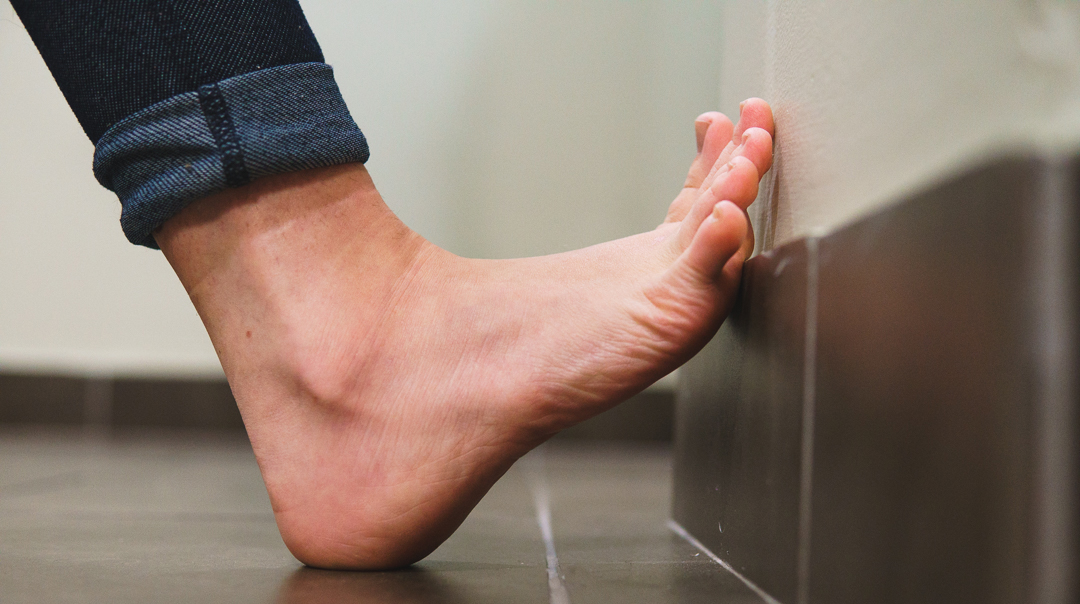Welcome back everyone! Last time, we looked at some background information about neuropathy symptoms using Peroneal Muscular Atrophy as an example. Let’s continue with some ways to assess your own muscles in the extremities, which can still apply to you even if you don’t have an actual neuropathy. This should give an adequate setup for the actual treatment options that you might want to consider, next time.
 The first thing to keep in mind is that we live in an exciting time where science is on the cusp of developing new treatments for neurological conditions, however we aren’t there yet. There are no cures and they worsen over time. This is why it’s very important to maintain a positive attitude for maintaining the function you do have currently and slowing the progression of the symptoms.
The first thing to keep in mind is that we live in an exciting time where science is on the cusp of developing new treatments for neurological conditions, however we aren’t there yet. There are no cures and they worsen over time. This is why it’s very important to maintain a positive attitude for maintaining the function you do have currently and slowing the progression of the symptoms.
The next step would be to ascertain how severe your condition is. Ask your healthcare professional if they can perform some neurological tests and if necessary, provide you with a referral to a neurologist for further testing. Some simple tests that can be done with your HCP include:
- range of motion of your toes and ankles, which can include either you actively moving around or your HCP moving your limb for you
- resisted muscle testing of your toes and ankles again to see if anything is particularly weak
- muscle testing can also reveal certain muscles among large groups of them as being shortened and tight or stretched out and weak
- moving the limb around passively can also test how supportive your joints and ligaments are
- testing the flexibility of your ankles will hint at which muscle groups may not have optimal nerve signals travelling to them
- testing pulses will check the of circulation to your hands or ankles
- testing the sense of touch to the arms and legs indicates any sensory nerve conduction issues
- Achilles tendon reflex testing may also demonstrate problems with nerve conduction
- a lot of information can be observed from watching how you walk, including balance, strength and/or compensating motion
- even a simple study of how you stand can show asymmetry of your posture due to left/right-sided muscle tension, flat feet, etc.
Next time, let’s look at the actual types of techniques that can be very useful in giving back improved flexibility and comfortable movement. Take care!
This was post was written by Jason Epps.




Recent Comments